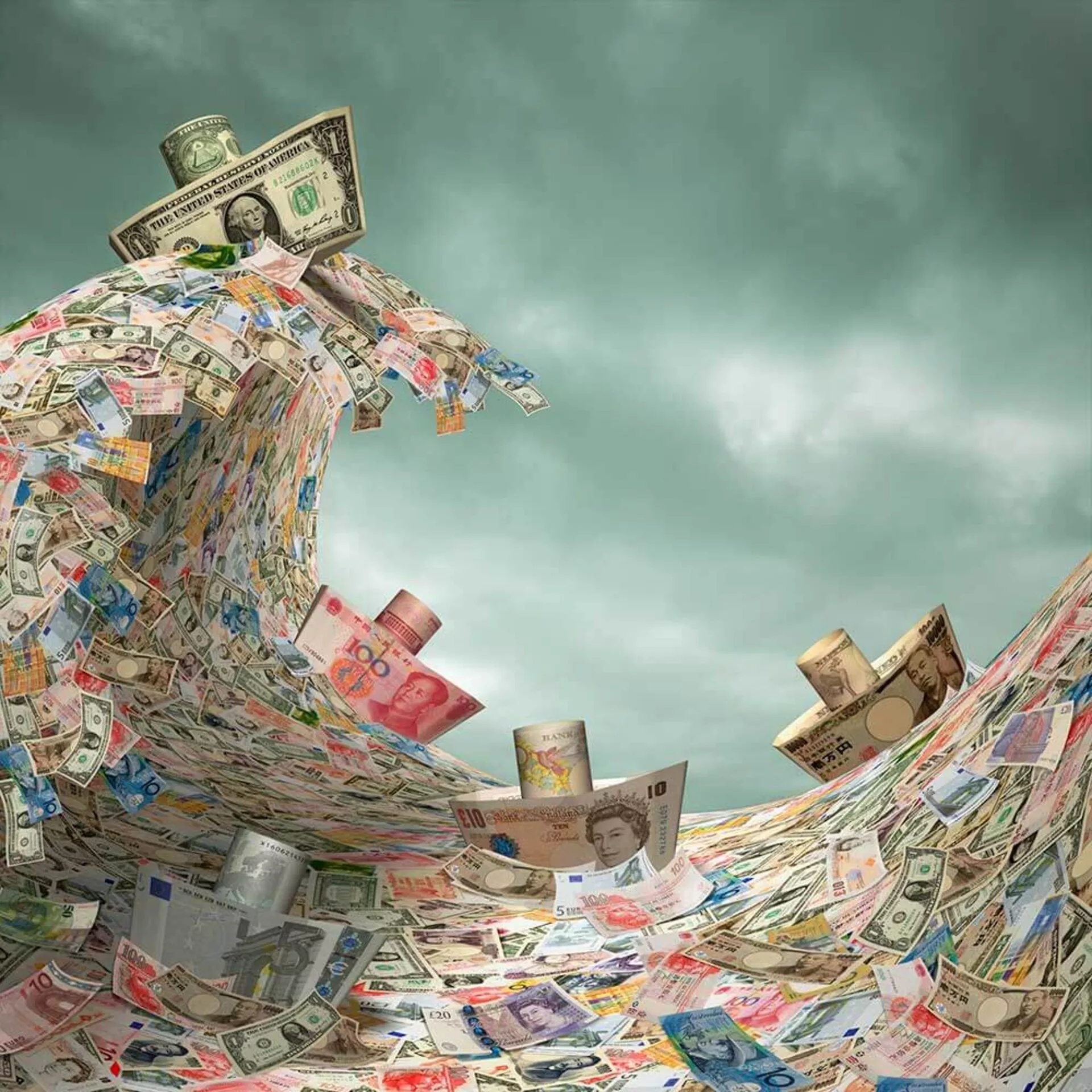
2 - Trading up
A comprehensive trade deal with China is agreed, ushering in a renaissance for global manufacturing; global GDP grows by 5%
Consensus view: While most forecasters (e.g. IMF, central banks) do not expect a recession in 2020, there is little expectation of an economic boom either: the consensus view is for yet another year of slow, meandering economic growth across the world (i.e. global GDP about +2.6%). This is largely due to depressed manufacturing output, and poor capital expenditures by corporates unwilling to invest heavily in a late-cycle environment, particularly as “phase two” trade negotiations between the US and China are expected to
be difficult.
What the consensus view is not pricing in: US and Chinese negotiators appear to have closed a “phase one” trade deal. They are also strongly incentivised to complete “phase two” given the US election year on one hand, and a Chinese social contract predicated on growth on the other. Moreover, while economies will continue to receive powerful support from central banks, there also is evidence fiscal policymakers will be more active – this could prove a game-changer. Far from a recession, global economies may well re-enter expansion mode from the current “slowdown” stage.
Potential market reaction:
Macro: Global GDP jumps to 5%, a huge outperformance from the current expectations. Consumers, firms and governments all open the spending taps.
Asset allocation: Such an environment will clearly favour risky assets such as equities and high-yield debt, with safety assets such as government bonds and gold selling off.
Our positioning: While we have defensive assets in portfolios which will lag in such a scenario, our net bias remains to risky assets, particularly equities. Indeed, we maintain defensive positions to protect against the vagaries of equity markets, but believe the equity
risk premium is positive and worthwhile even in a slowdown. Should an expansion occur, that risk premium may well double.